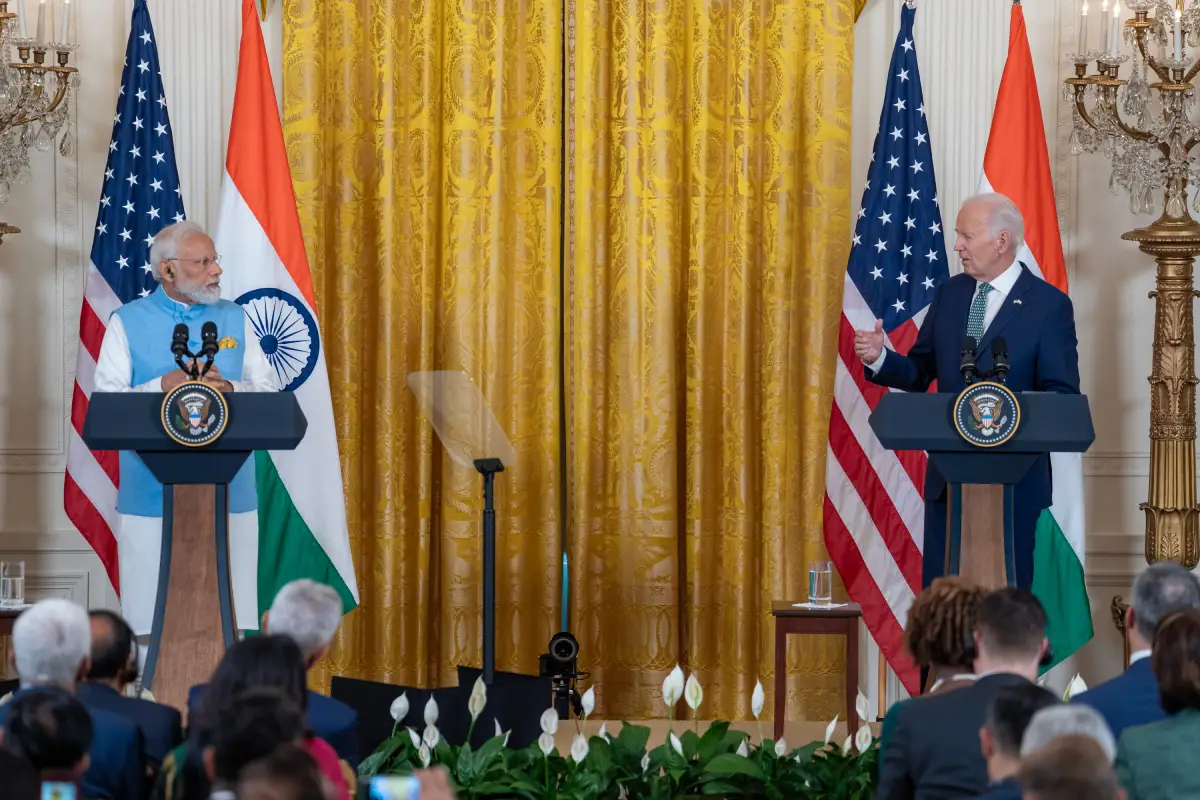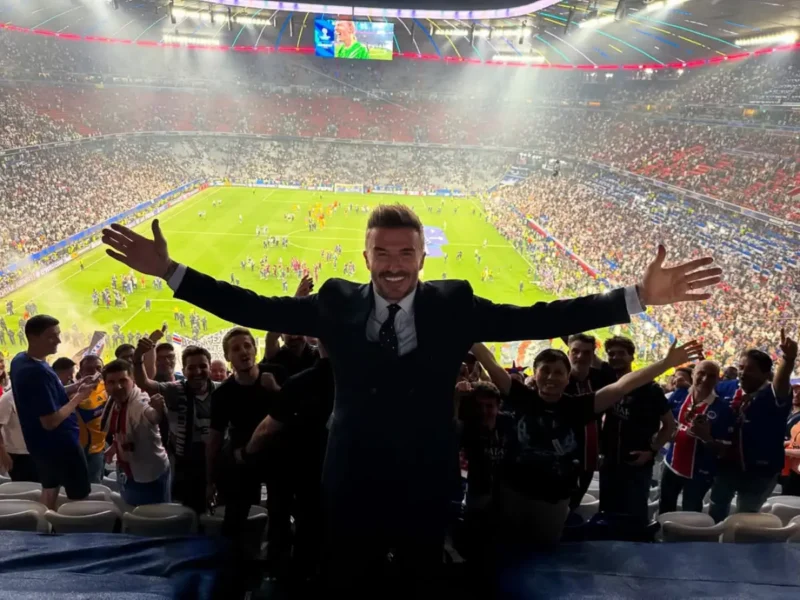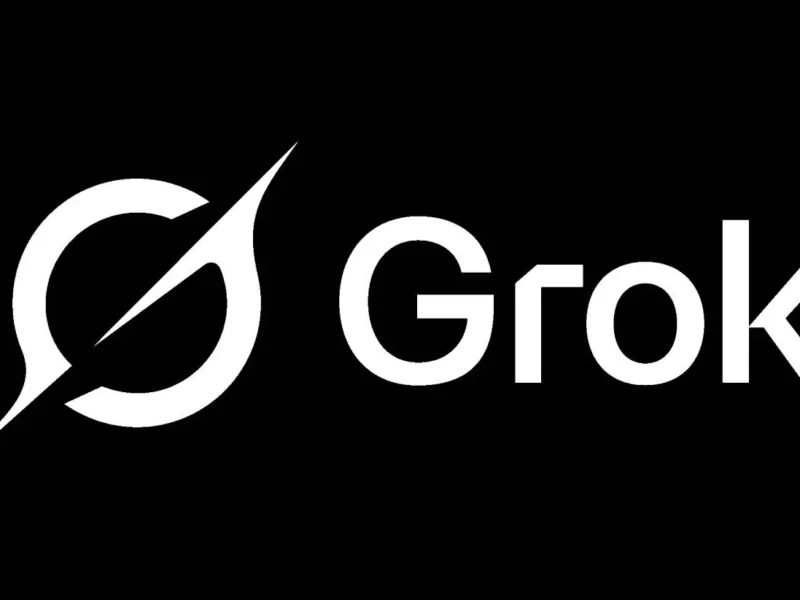
Modi Has A Chance To Put His Stamp On Foreign Policy, Will He Take it?
WASHINGTON, DC (IANS) – India will name an ambassador to the US shortly to fill the vacancy left open by the retirement of Taranjit Singh Sandhu, the incumbent. And it will likely be another officer of the Indian Foreign Service as has become the practice in the last two decades.
It doesn’t have to be. A case can be made, in principle, for widening the search for Sandhu’s replacement to go beyond the foreign service cadre. It’s not as strange as it may seem, especially to Generation Z.
Ambassadors to the US, the UK, the USSR/Russia were generally non-diplomats drawn from a wide range of fields, which included the foreign service’s rivals in government service, the Indian Administrative Service. S. Radhakrishnan, who would become India’s second president, was ambassador to the Union of Socialist Soviet Republics (USSR); Legal luminaries L.M. Singhvi to the US and Nani Palkhivala to the US; Economist Abis Hussain to the US; politicians Karan Singh and Siddhartha Shankar Ray to the US; Air force chief marshal I.H. Latif to France; Indian Civil Service (predecessor of the IAS) officer and governor of the Reserve Bank of India L.K. Jha to the US; IAS offices P.C. Alexander to the UK and Naresh Chandra to the US.
Then it all stopped. Around the late 1990s, during the tenure of Prime Minister Atal Bihari Vajpayee and External Affairs Minister Jaswant Singh. Chandra was the only non-IFS ambassador to a P-5 capital (US, UK, France, USSR/Russia, and China) at the dawn of the 21st century and the foreign service has been the sole supplier of ambassadors to these and other countries since.
Indian diplomats are among the most qualified and capable around the world. And each of them has made the country proud. Sandhu is among the most connected ambassadors in Washington DC — at a recent Art of Living event a US senator, who delivered remarks, recognized his presence on the stage and not External Affairs Minister S. Jaishankar, who was also there.
Despite Sandhu’s relentless outreach on the Capitol Hill, India has still paid millions to professional lobbyists to smoothen things for India on the Hill; in the West Wing, and open doors and make appointments in ministries that are critical to the relationship, such as the US Trade Representative’s office, department of defense and the state department.
But why disturb an arrangement that’s seemingly working? Professional diplomats tend to define the India-US relationship in terms of politics. India and the US need each other because of the same tribe of wolves at their doors: China. And therefore, the importance of the Quad and the Indo-Pacific. Every bilateral interaction between the prime minister of India and the president of the US is celebrated as a victory of this politics. Every meeting of the Quad — as the group of Indo-Pacific powers India, the US, Japan, and Australia is called — is held up as evidence of a new world order with India as a driving power.
Politics remains the most problematic part of the India-US relationship as handled by professional Indian diplomats. They got the 2016 presidential election horribly wrong. Convinced of the victory of Hillary Clinton, the Democratic nominee, they had completely ignored Donald Trump and his campaign. When he won, the Indian embassy struggled for hours to find a way into the Trump campaign for the prime minister to talk to and congratulate the incoming president.
Unchastened, the Indian diplomats got the 2020 presidential election wrong. Prime Minister Narendra Modi ended up, as a result, calling for a second term for Trump at a rally the two leaders addressed jointly in Houston in 2019. It was called “Howdy Modi” famously. The Democrats. who went on to capture the White House with President Joe Biden’s victory over Trump, have not forgotten that ill-advised endorsement of the Modi government for it.
A non-IFS ambassador will get things wrong as well. But that person may be able to compensate it with his/her clout with the American community that should and does matter most for India: the business community.
While Sandhu managed to invite senior members of the Biden administration to events and gatherings at his official residence, which was a significant improvement over the blank slate of his predecessors, he failed to get, or did not try, to get the captains of US industry, many of whom are of India extract: Google chief Sundar Pichai Microsoft’s Satya Nadella, Adobe’s Shantanu Narayen, and FedEx chief Raj Subramaniam.
Sandhu recently posted on X a meeting with Vivek Lall, the Indian American CEO of General Atomics, whose armed drones India is buying after years of dithering. The meeting took place, to be noted, months after the deal was announced.
US businesses have been a blind spot for India’s outreach in the US despite New Delhi’s focus on attracting foreign investment. Despite, more importantly, the willingness of American businesses to be wooed, courted, and cherished.
Could Anand Mahindra of the Mahindras, or Infosys founders Narayan Murthy and Nandan Nilenkani, or Ratan Tata of the Tatas, be different? Given the presence of their companies in the US — a Mahindra vehicle was on the shortlist for the US postal service’s distinctive postal delivery vehicles that are uniquely right-hand drive — and Tata’s Land Rover is one of the top-end luxury vehicles in the US.
Prime Minister Modi likes to think outside of the box. This is his chance to put his stamp on his government’s diplomacy.




